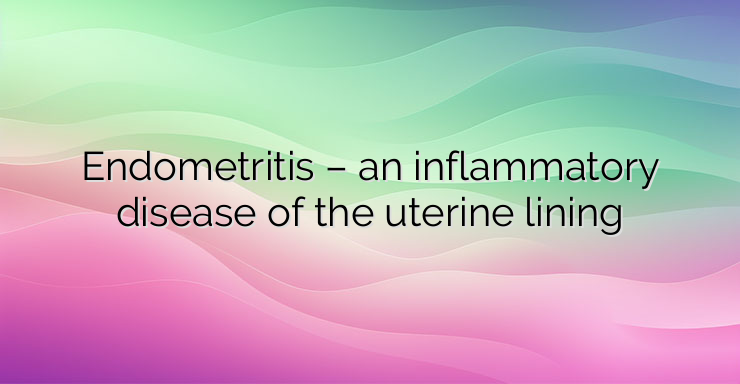Hey there! Let’s talk about endometritis, shall we? It’s when the lining of the uterus, called the endometrium, gets inflamed. This usually happens after giving birth or due to surgeries like a C-section or curettage.
Now, there are two types: acute and chronic. Acute endometritis hits suddenly with lower abdominal pain, smelly bloody discharge, fever, and just feeling generally lousy. Chronic endometritis sticks around, causing ongoing damage or reinfection. You might feel some pain and see occasional bleeding, but it’s not as intense as the acute version.
Diagnosing endometritis involves a gynecological exam to rule out other conditions like cancer. Sometimes, ultrasounds help too, especially to spot leftover bits from childbirth or abortion.
Senile endometritis is a different ball game. After menopause, the lack of estrogen causes changes in the uterine lining. If an infection crops up, the lining is easily destroyed and replaced with pus-secreting tissue. That’s what we call senile endometritis.
It’s not a fun ride. Sometimes, it comes with a narrowed cervical canal or pyometra, where pus builds up in the uterus, risking rupture and serious infections like peritonitis. Plus, there’s a risk of it hanging out with endometrial cancer, which complicates things further.
The symptoms are not pleasant – lots of pus or bloody discharge, and sometimes pain. Diagnosis can be tricky because it looks similar to cancer. The only way to be sure is through a procedure called curettage, followed by histological examination.
Treatment usually involves antibiotics. In severe cases of pyometra, they may need to widen the cervical canal to drain the pus. And sometimes, if there’s a risk of cancer or if things are really bad, they might opt for a hysterectomy.
So, if you’re experiencing any of these symptoms, don’t hesitate to reach out to your doctor. Early diagnosis and treatment can make all the difference!


Leave a Reply